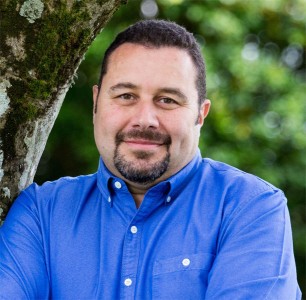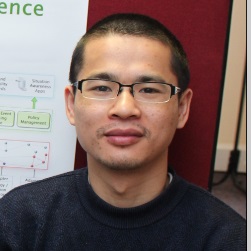This project creates low-power sensing systems using spiking neural networks to detect threats in public spaces.


This project develops resilient AI systems to protect data integrity and quality of AI on the Edge.

This project develops a multi-model AI system to accurately identify and count wildlife in camera trap images.

This project develops tangible interfaces to assist young people with neurodiversity to manage online harms.

This project develop an augmented reality-based Smart City demonstrator using Lego towards public engagement
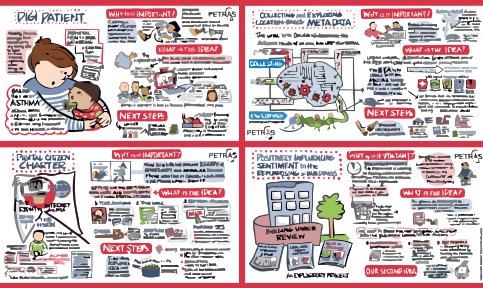
We organised a PETRAS Showcase and Networking Event at Cardiff to bring together like minded people

This project explores the use of BLE beacons to facilitate smart watch-based inddor navigation assistants

This project looks at developing a robot which follow vulnerable and take appropriate action in the event of a fall

This project aims to integrate hardware sensors and drone images to develop a scalable forest health index.
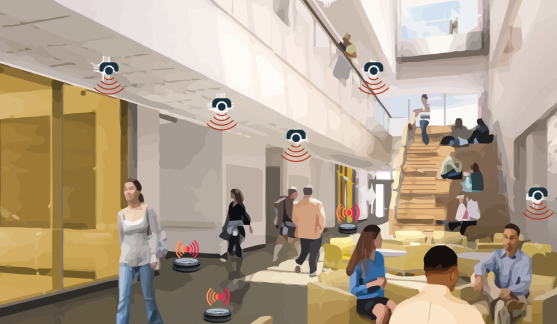
This project aims to integrate stationary and mobile sensors to monitor and detect anomalies
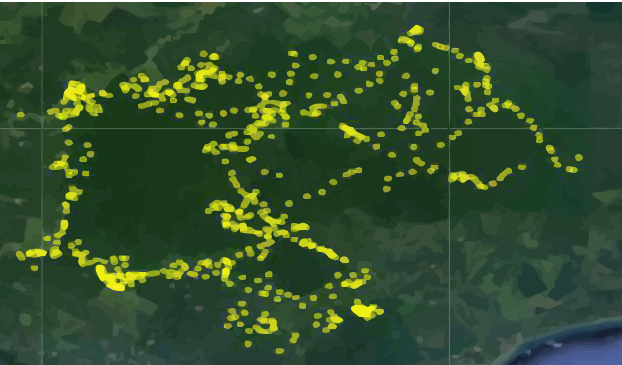
This project aims to study how animal move around over time and predict their movements.
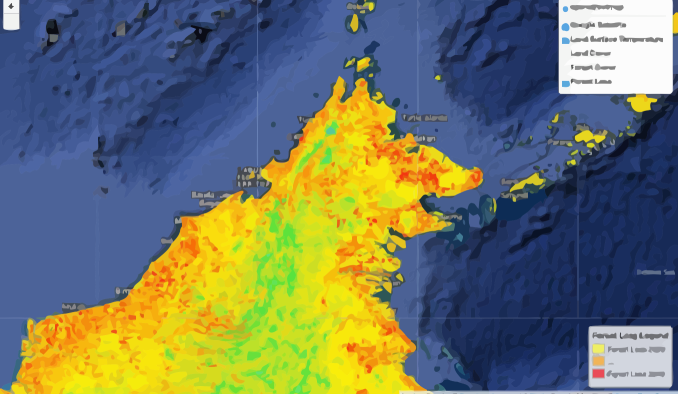
This project use data science techniques to tell a story of Kinabatangan Forest and Sabah.

This project design, develop and manage Smart Home Lab research infrastructure

This project develops techniques to help novice engineers to understand privacy and laws better.

This project explore the feasibility on detecting door slamming towards monitoring early signs of domestic violence.

This project aims to explain the output of a deep learning model used to detect anomalies in an IoT based industrial process.

CyberASAP helps academics in UK universities commercialise their cyber security ideas.
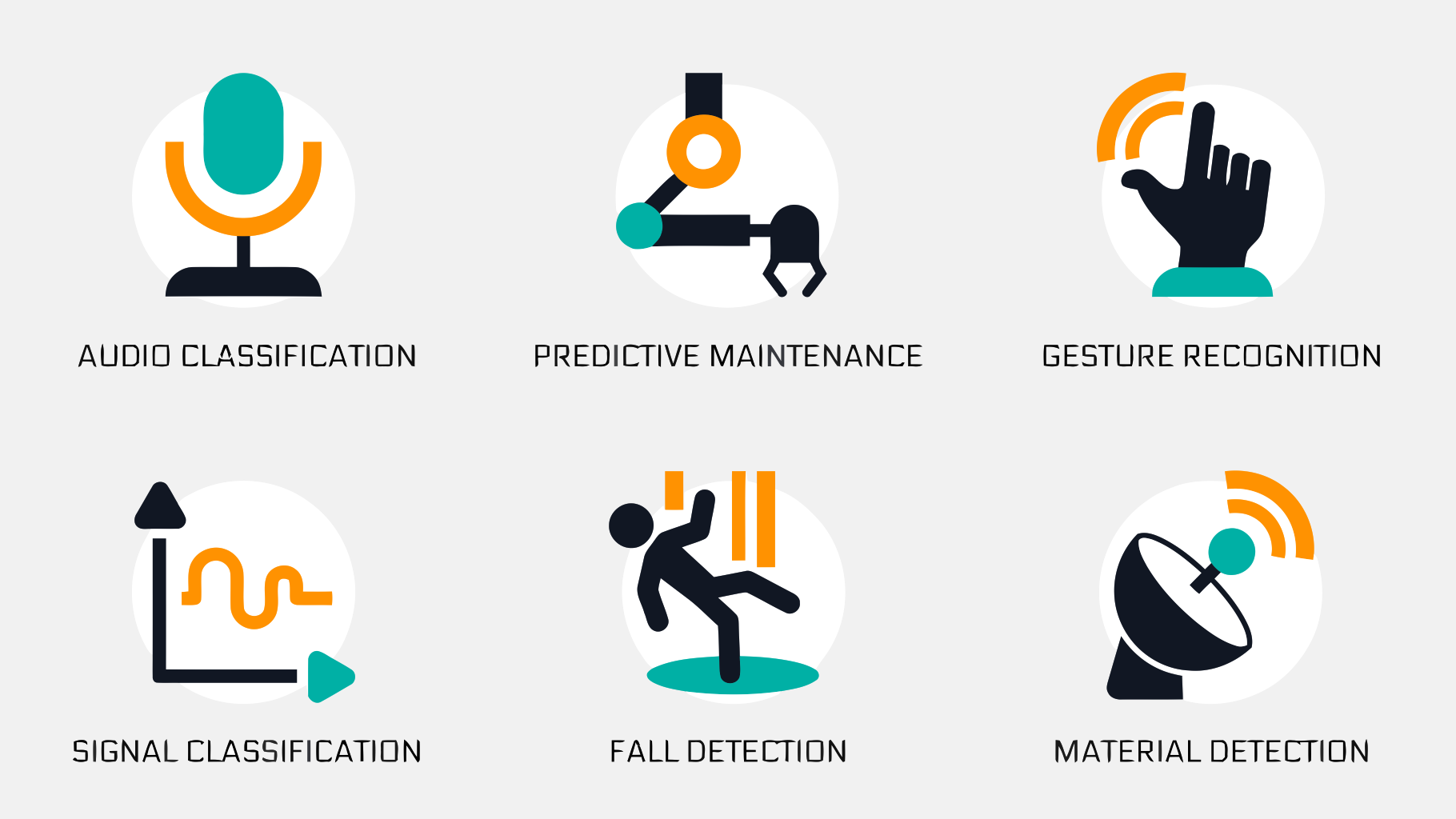
This project aim to develop an MSc module on Edge Analytics in collaboration with two leading Indian Universities.

This project aims to integrate the outcomes ICE project, into a decision support mechanism at Thales UK.
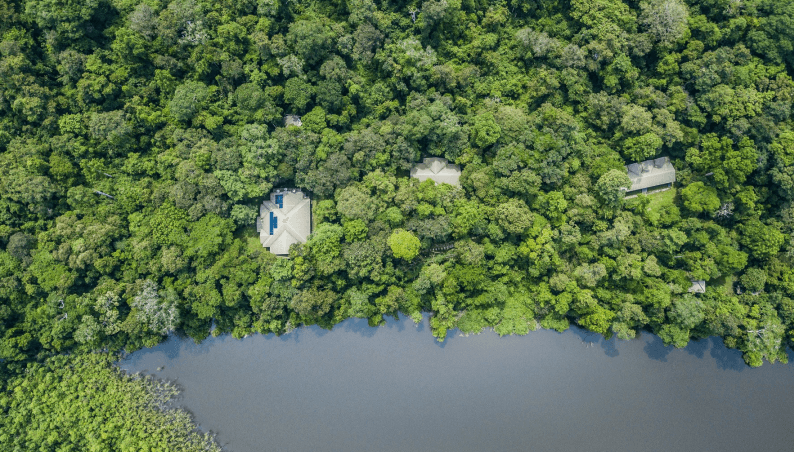
This project aims to strengthen international collaborations by setting up a series of collaborative projects across partners.
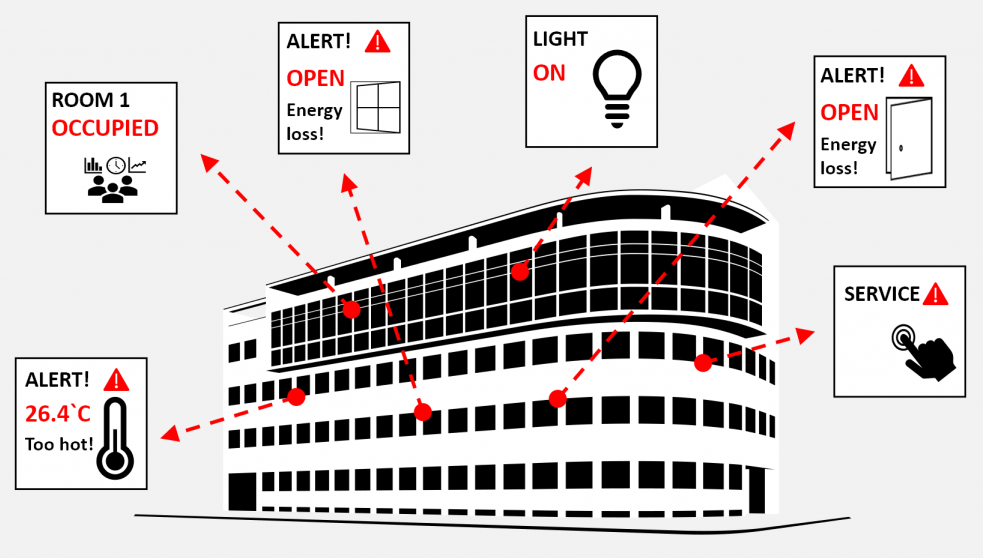
This project aims to develop an evaluation framework for Anomaly detection within Built environments.

This project aims to enable buildings to express themselves through adaptable data analytics and conversational AI.

This Project aims to develop knowledge-driven techniques to secure smart home environments adaptively.

This project demonstrates how to utilise a digital platform to be benefited by sustainable circular supply chain.

This project explores the role of tiny cameras towards augmenting anomaly detection within smart homes

This project aims to develop a layered framework to enhance the resiliency of smart buildings.

This project develops a video analytics towards anomaly detection on the edge for smart cities.
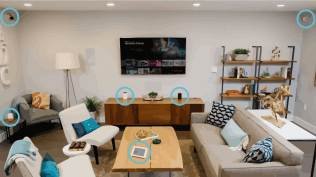
This secondment aims to explore how to add layers of resilience to built environments.
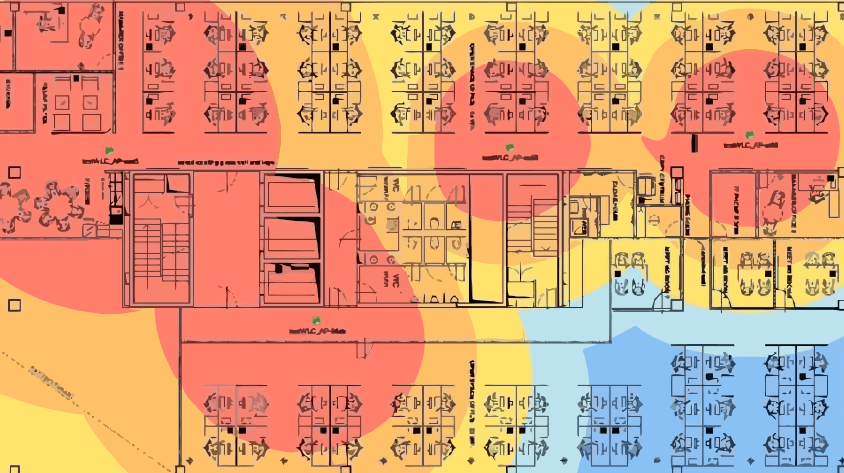
This project aims to develop a IoT technology to improve study spaces utilization and service design.

This project aims to making linked data observatories discoverable through end-user development.

This project aims to develop distributed predictive analytics technique to support edge computing scenarios.
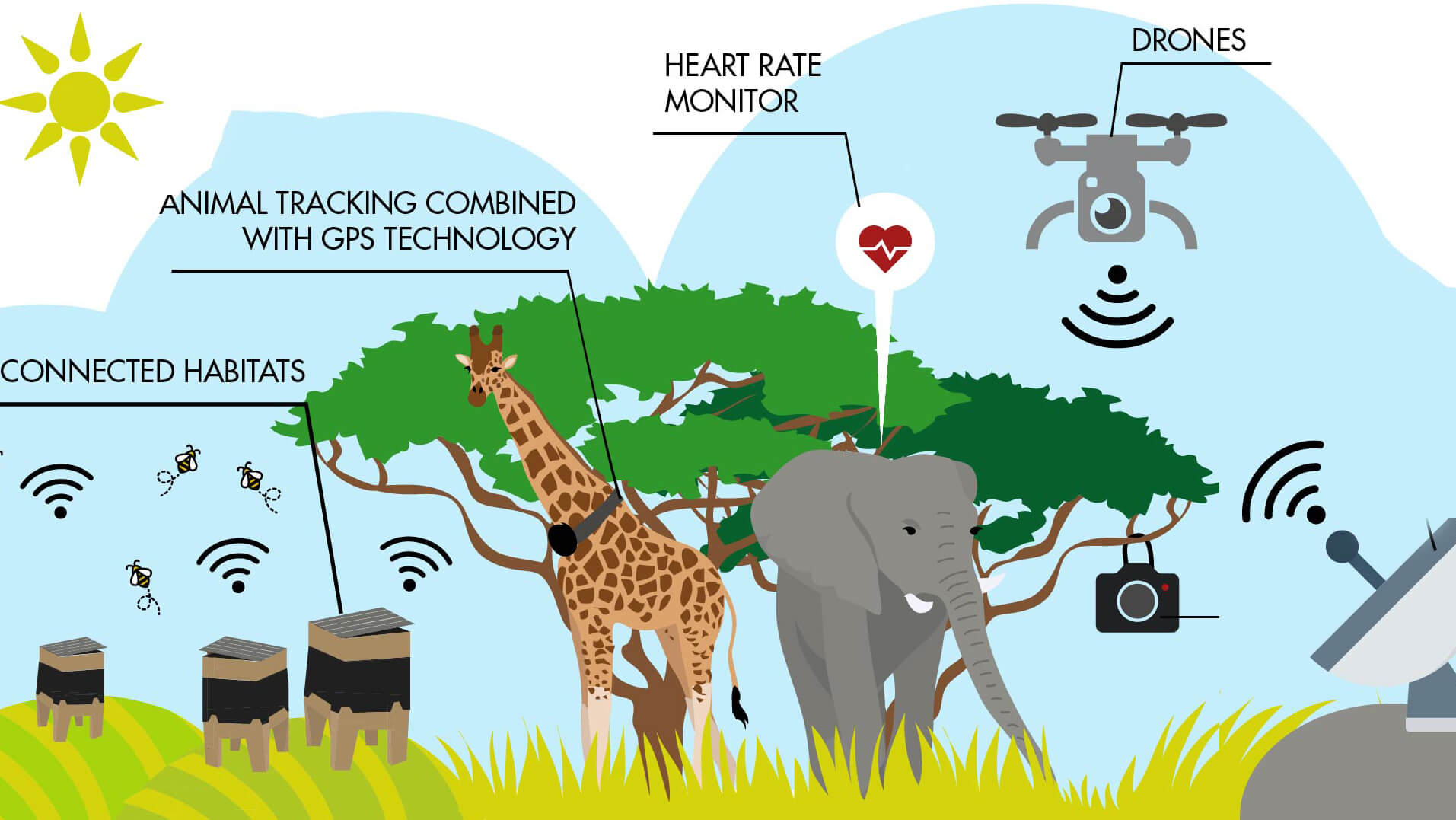
This project aims to design Low Power Internet of Things Infrastructure for Harsh Environments.
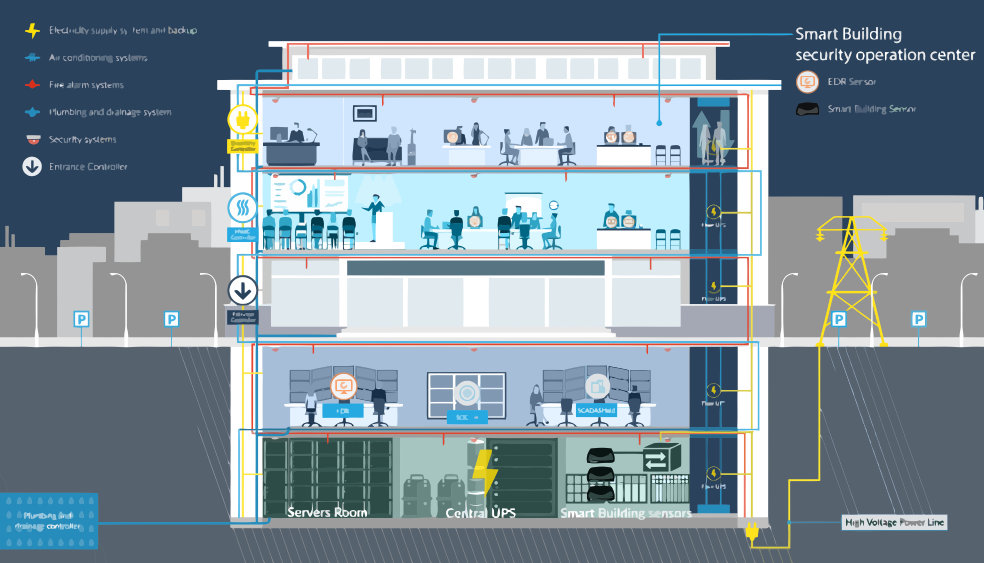
This fellowship aims to explore how can we use low-cost multi-sensors to detect cyber attacks against ICS.

This project aims to design Privacy-aware IoT systems to help older adults and people with learning disabilities.
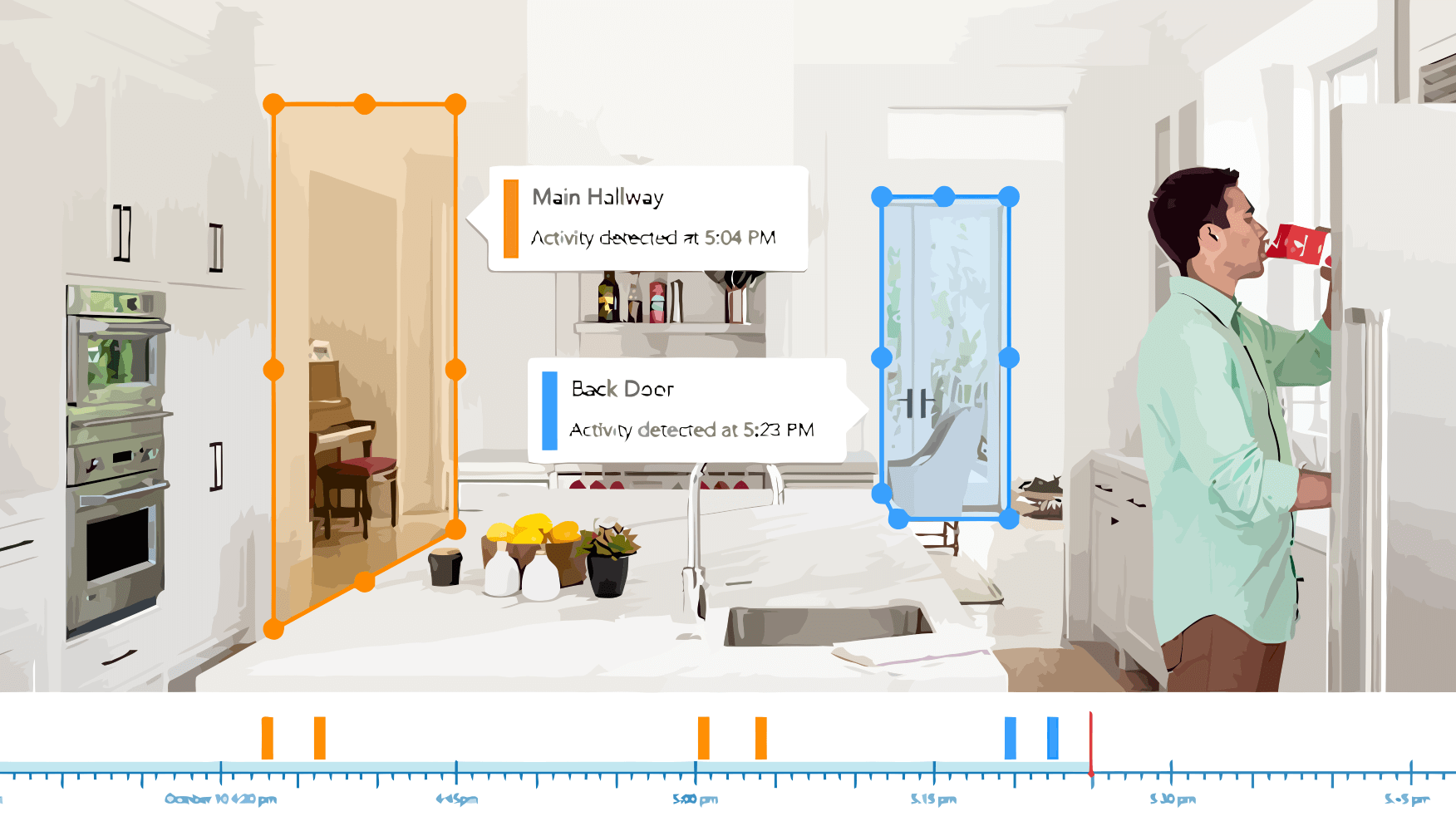
This project develops a technique to detect cybert attacks using cyber physical behavioural data.

The project aims tackl rural isolation, improve farm security and bolster the tourism industry

This project developed a user study platform that allows for expressing diverse data trading preferences.

This project aims to teach about nutrition to school children using interactive tangible objects.

This project aims to develop a Semantic Data Integration for Forest Observatory.

This project explores how to detect motion-based behavioral changes in an industrial robotic arm.
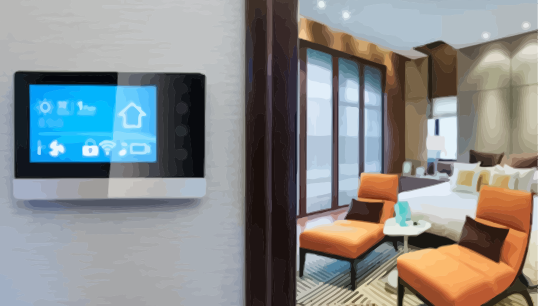
This project develops a design framewotk to help adapting to discofort towards .

This project creates a semantically-enriched queryable edge data store for smart homes.

This project develops a technique to perform access control based on parent-child relationship.
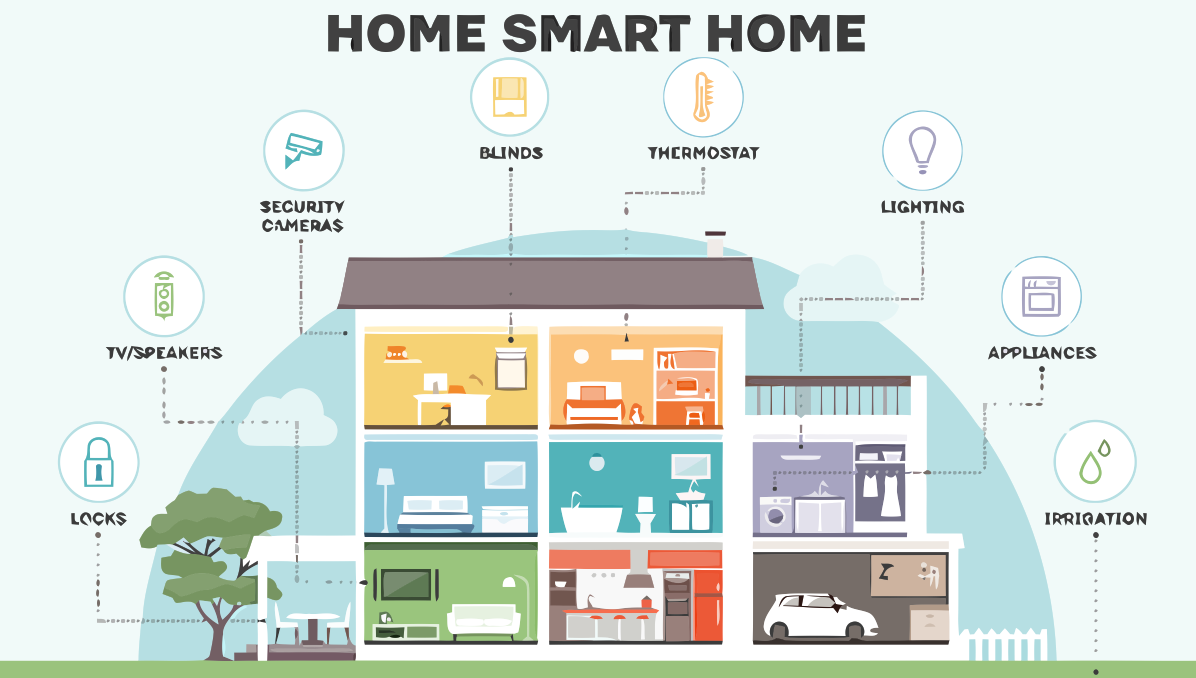
This project develops a human activity simulation (real-time or virtual-time) tool for smart homes.
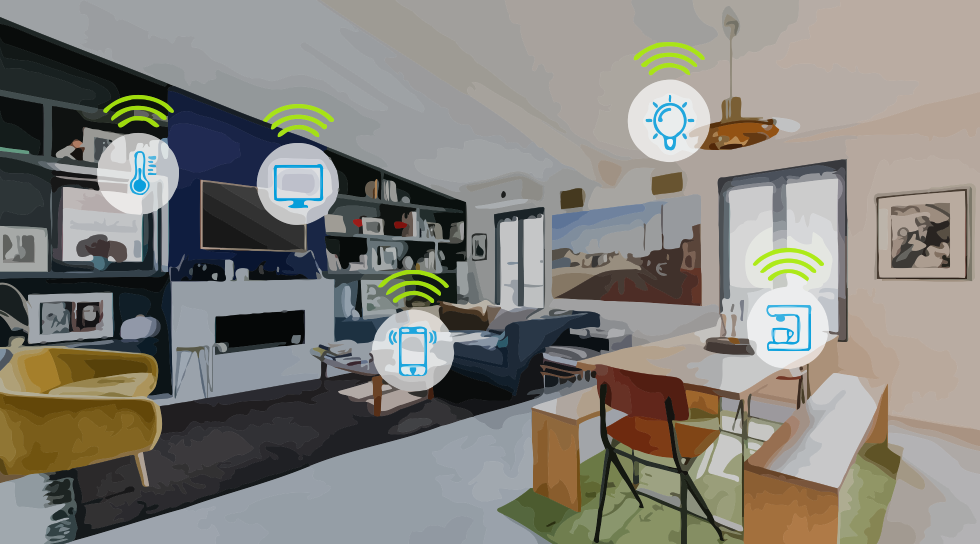
This project develops a methods to empower everyday end users to manage their privacy better.

This project aims to explore how IoT can help to conduct wildlife research.

This project aims to study how IoT can be used to enhance cosplay experience.

This project developed an crowdsourcing platform that allows to dissect and compare IoT products.
This project aims to study how BLE beacons based technology can be used to track poachers.
This project aims to study how SMS based sensing technology can be used to track poachers.

This project aims to study Internet connected physical object manipulation based food ordering.
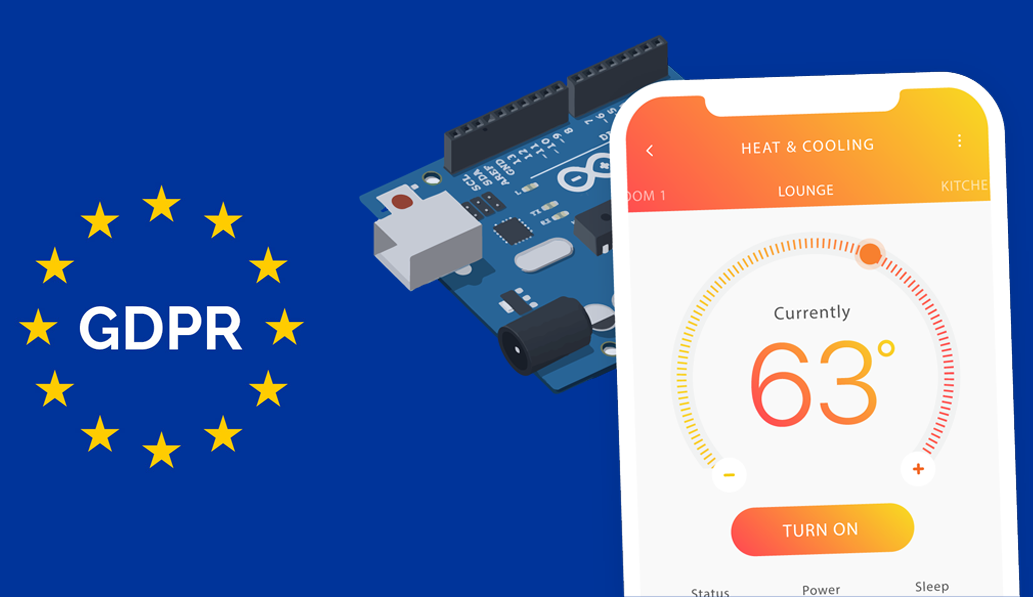
This project explores how to develop reusable privacy components facilitate IoT application development.

This project explores how to secture In-vehicle edge data communication and analytics.

This project aims to create a semantically enriched quarriable smart city data markets.

This project aims to analyse vulnerabilities of interactions between edge devices, cloud platforms and legacy ICS systems.
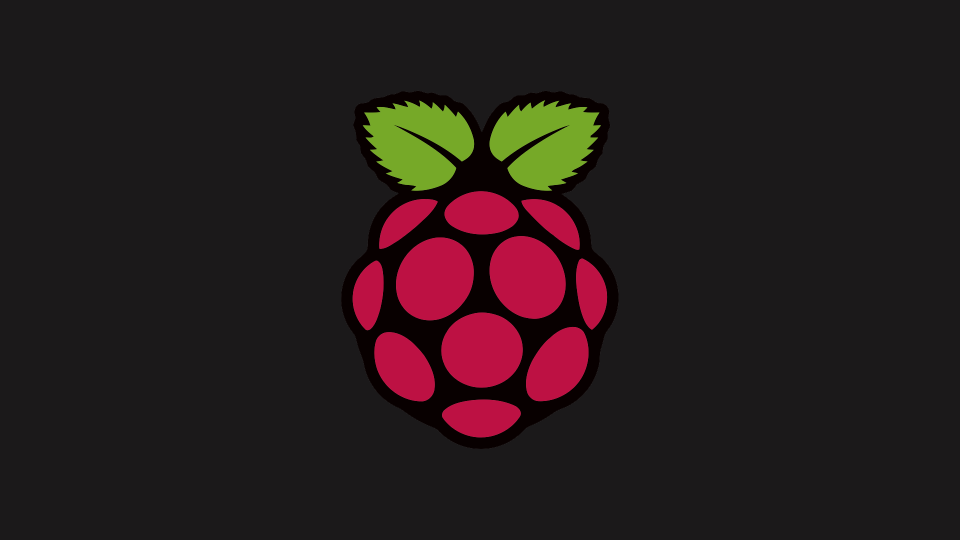
This project aims to develop a 100 node testbed to support data science and edge computing research.

This project explores optimal placement and scheduling of Service Function Chaining (SFCs) under security constraints

This project aims to explore how Privacy by Design techniques can be automatically integrate into a given IoT application design.

This project aims to develop usable techniques to capture non-functional requirements (e.g. Privacy) in the Internet of Things application designs

This project aims to explore how IoT can be taught efficitnely and effectively in University settings

This project aims to develop new techniques to optimise the IoT search processes and examine the quality of the reseults.

We explore how our previously proposed guideline can be used to design ‘new’ IoT applications.

The Sensing as a Service (S2aaS) model promotes data exchange/trading between data owners and data consumers.

This project implemented and evaluated Fog computing and its applications.
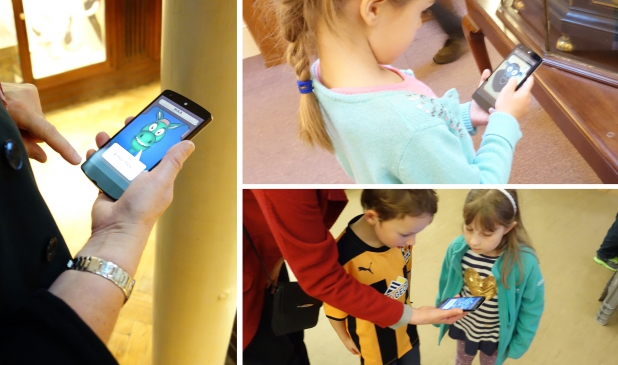
This project demonstrate the viability of applying seamful design in location-based mobile museum applications.

We survey over 100 IoT smart solutions in the marketplace and examine them closely in order to identify the technologies used, functionalities, and applications.

This project explores the use of natural language to give instructions that might be interpreted by Internet of Things (IoT) devices in a domestic ‘smart home’ environment.

The OpenIoT middleware infrastructure supports flexible configuration and deployment of algorithms for collection, and filtering information streams.

























































































